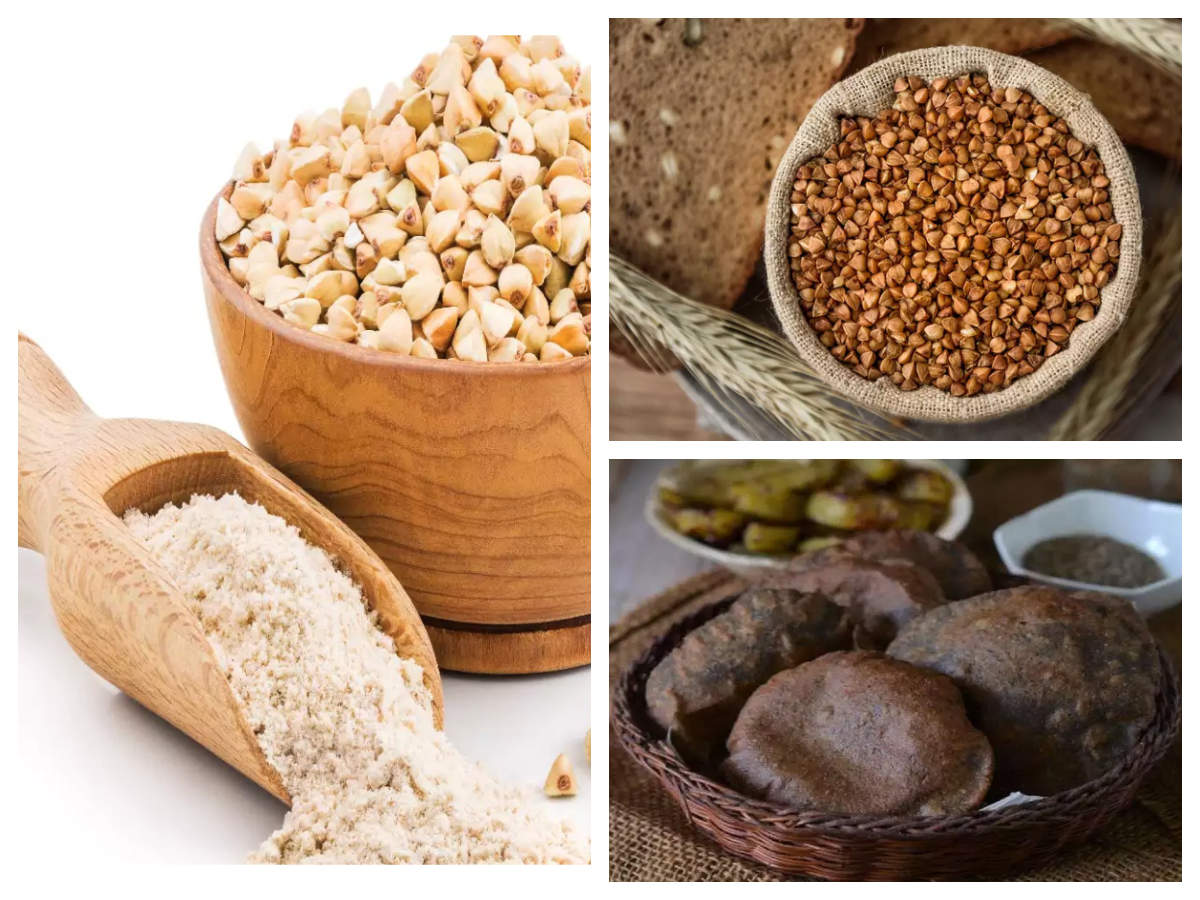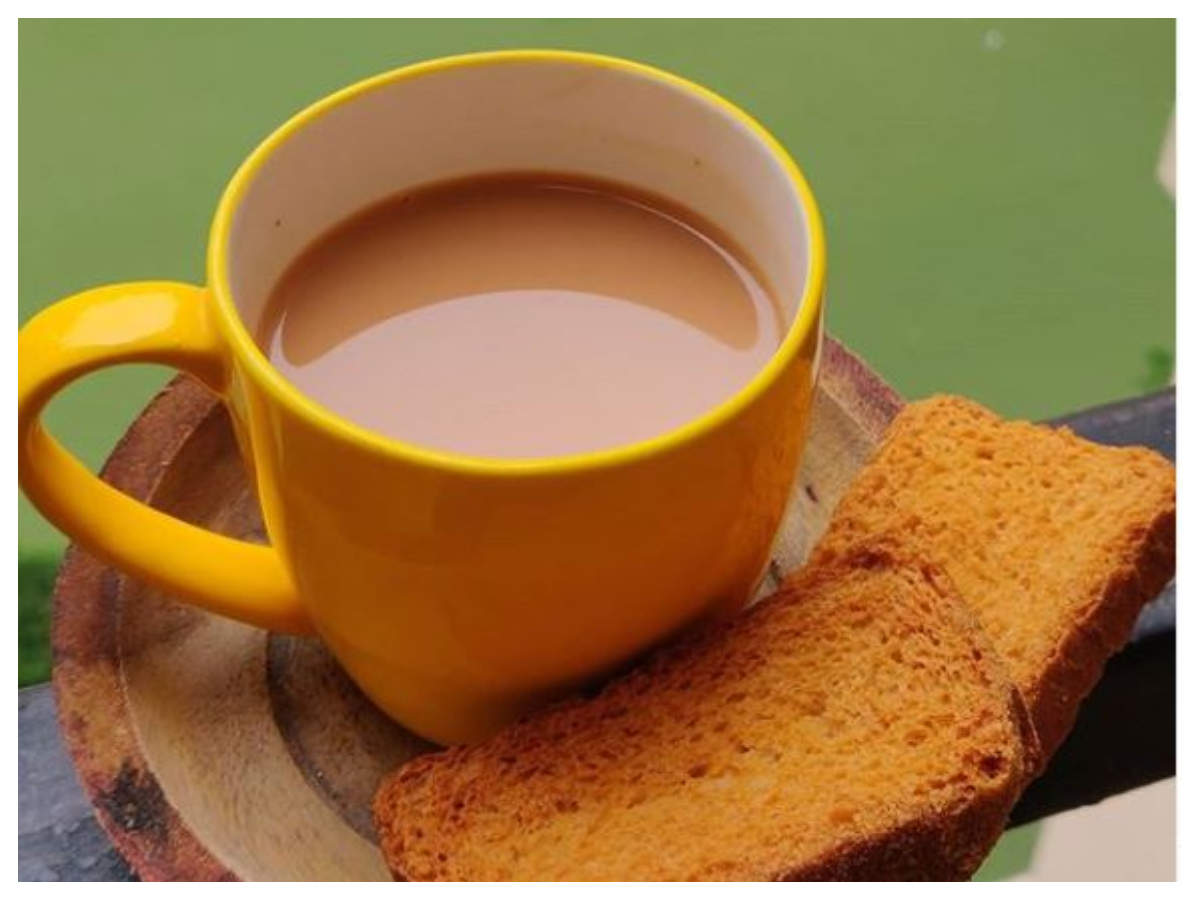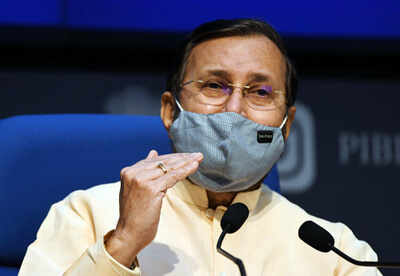
New Delhi: Stubble burning continues to deteriorate air quality in the Capital but it contributed only 4% of it this week while remaining 96% of the pollutants came from local sources like biomass burning, garbage dumping, unpaved roads, dust, construction and demolition activities, said Union environment minister Prakash Javadekar while setting off 50 Central Pollution Control Board (CPCB) ground monitoring teams to different cities in the Delhi-NCR on Thursday.
Javadekar’s remarks of only 4% contribution of stubble burning, however, trigged strong reaction from the Delhi chief minister Arvind Kejriwal who later tweeted, “Staying in denial will not help. If stubble burning causes only 4% pollution, then why has pollution suddenly increased last fortnight? Air was clean before that. Same story every yr. There’s no massive jump in any local source of pollution in last few days to cause this spike?”
In his subsequent tweet, the chief minister appealed not to indulge in blame game and politics over the issue. “Lets accept that stubble burning causes huge pollution every yr in North India during this time. And lets all together find a soln sincerely. Blame game and politics hasn’t helped anyone. People r suffering. I am extremely worried that pollution will play havoc coupled with corona,” tweeted Kejriwal on news report referring to Javadekar’s remarks.
Javadekar immediately sought to clarify his remark saying it was misinterpreted. “Let me clarify, the figures of 4% share of stubble burning in AQI in Delhi, pertained to this week. It varies from 4% to 40% during peak stubble burning... At the same time let us not be in denial that there are several local factors – vehicular pollution, non-agricultural biomass burning, dust, geographical and metrological – that are primarily responsible for high air pollution during winters in Delhi,” tweeted Javadekar while responding to Kejriwal on the micro-blogging site.
The Union environment ministry in its tweet earlier said that the share of stubble burning in the overall air pollution changes every day. “Last year between October 8 and December 9, the share of stubble burning in air pollution in Delhi (as per SAFAR data), was greater than 15% on six days, while on a single day it was greater than 40%,” tweeted the ministry.
The 50 CPCB ground teams, flagged off by Javadekar, will specifically focus on hotspots in the NCR cities — Delhi, Noida, Ghaziabad, Gurugram, Faridabad, Ballabgarh, Jhajjar, Panipat, Bhiwadi, Alwar and Bharatpur – and report gaps in implementation of various measures on the ground.
Javadekar said strict action will be taken against the polluters on the basis of the feedback received from the CPCB teams and appealed Punjab government to take measures to stop stubble burning in the state as it did not affect people only in Delhi but also in states where stubbles were being burnt.
Sharing his personal experience on effect of stubble burning, Javadekar said, “I went to attend a programme in Ludhiana last year. On my way back, my throat choked due to the smoke from stubble burning even when I was in an air-conditioned car. It is harmful to everyone, including people living there. The Punjab government should ensure there is not much stubble burning this time.”
Referring to roles of the CPCB teams which will continue to do the ground monitoring exercise till February 28next year, Javadekar said that during the current times of COVID the members of the team were no less than “Corona Warriors” as they will be visiting and giving feedback from the ground, which will help in mitigating air pollution.
A central control room at CPCB headquarters has, meanwhile, been made functional for keeping track of pollution levels on an hour to hour basis and overall coordination with state agencies. In addition, district wise nodal officers have been appointed for better management and coordination with teams.
“Feedback on polluting activities will be shared with concerned agencies through an automated system, for quick action. Details will also be shared with state governments. This will help in taking timely actions and monitoring at appropriate levels by the concerned agencies,” said the ministry in a statement.
Javadekar’s remarks of only 4% contribution of stubble burning, however, trigged strong reaction from the Delhi chief minister Arvind Kejriwal who later tweeted, “Staying in denial will not help. If stubble burning causes only 4% pollution, then why has pollution suddenly increased last fortnight? Air was clean before that. Same story every yr. There’s no massive jump in any local source of pollution in last few days to cause this spike?”
In his subsequent tweet, the chief minister appealed not to indulge in blame game and politics over the issue. “Lets accept that stubble burning causes huge pollution every yr in North India during this time. And lets all together find a soln sincerely. Blame game and politics hasn’t helped anyone. People r suffering. I am extremely worried that pollution will play havoc coupled with corona,” tweeted Kejriwal on news report referring to Javadekar’s remarks.
Lets accept that stubble burning causes huge pollution every yr in North India during this time. And lets all toget… https://t.co/Heph3x8GY3
— Arvind Kejriwal (@ArvindKejriwal) 1602742218000Javadekar immediately sought to clarify his remark saying it was misinterpreted. “Let me clarify, the figures of 4% share of stubble burning in AQI in Delhi, pertained to this week. It varies from 4% to 40% during peak stubble burning... At the same time let us not be in denial that there are several local factors – vehicular pollution, non-agricultural biomass burning, dust, geographical and metrological – that are primarily responsible for high air pollution during winters in Delhi,” tweeted Javadekar while responding to Kejriwal on the micro-blogging site.
At the same time let us not be in denial that there are several local factors – vehicular pollution, non-agricultur… https://t.co/gr0J7BBHiA
— Prakash Javadekar (@PrakashJavdekar) 1602765361000The Union environment ministry in its tweet earlier said that the share of stubble burning in the overall air pollution changes every day. “Last year between October 8 and December 9, the share of stubble burning in air pollution in Delhi (as per SAFAR data), was greater than 15% on six days, while on a single day it was greater than 40%,” tweeted the ministry.
The 50 CPCB ground teams, flagged off by Javadekar, will specifically focus on hotspots in the NCR cities — Delhi, Noida, Ghaziabad, Gurugram, Faridabad, Ballabgarh, Jhajjar, Panipat, Bhiwadi, Alwar and Bharatpur – and report gaps in implementation of various measures on the ground.
Javadekar said strict action will be taken against the polluters on the basis of the feedback received from the CPCB teams and appealed Punjab government to take measures to stop stubble burning in the state as it did not affect people only in Delhi but also in states where stubbles were being burnt.
Sharing his personal experience on effect of stubble burning, Javadekar said, “I went to attend a programme in Ludhiana last year. On my way back, my throat choked due to the smoke from stubble burning even when I was in an air-conditioned car. It is harmful to everyone, including people living there. The Punjab government should ensure there is not much stubble burning this time.”
Referring to roles of the CPCB teams which will continue to do the ground monitoring exercise till February 28next year, Javadekar said that during the current times of COVID the members of the team were no less than “Corona Warriors” as they will be visiting and giving feedback from the ground, which will help in mitigating air pollution.
A central control room at CPCB headquarters has, meanwhile, been made functional for keeping track of pollution levels on an hour to hour basis and overall coordination with state agencies. In addition, district wise nodal officers have been appointed for better management and coordination with teams.
“Feedback on polluting activities will be shared with concerned agencies through an automated system, for quick action. Details will also be shared with state governments. This will help in taking timely actions and monitoring at appropriate levels by the concerned agencies,” said the ministry in a statement.
Download
The Times of India News App for Latest India News

Coronavirus outbreak
Trending Topics
LATEST VIDEOS
India
 Himachal Pradesh resumes inter-state bus service
Himachal Pradesh resumes inter-state bus service  Love jihad: Assam to tighten noose on "marriages by deception"
Love jihad: Assam to tighten noose on "marriages by deception" 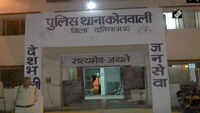 Woman dies by hanging herself near police station in MP’s Datia
Woman dies by hanging herself near police station in MP’s Datia 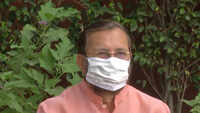 Prakash Javadekar appeals Punjab Govt to take action against stubble burning
Prakash Javadekar appeals Punjab Govt to take action against stubble burning  Delhi air pollution: ‘50 CPCB to be deployed for inspection in Delhi-NCR,’ says Javadekar
Delhi air pollution: ‘50 CPCB to be deployed for inspection in Delhi-NCR,’ says Javadekar 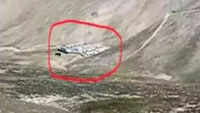 Nepal now setting up border observation posts near China border
Nepal now setting up border observation posts near China border
More from TOI
Navbharat Times
Featured Today in Travel
Quick Links
Coronavirus in MumbaiCoronavirus in KolkataCoronavirus in HyderabadCoronavirus in DelhiCoronavirus in BangaloreCoronavirus symptomsCoronavirus in IndiaBihar elections 2020Coronavirus NewsSolar EclipseNPRWhat is NRCCAB BillCAB and NRCRTI BillPodcast newsLok SabhaUS Election 2020CongressBJP newsUIDAIIndian ArmyISRO newsSupreme Court
Get the app
